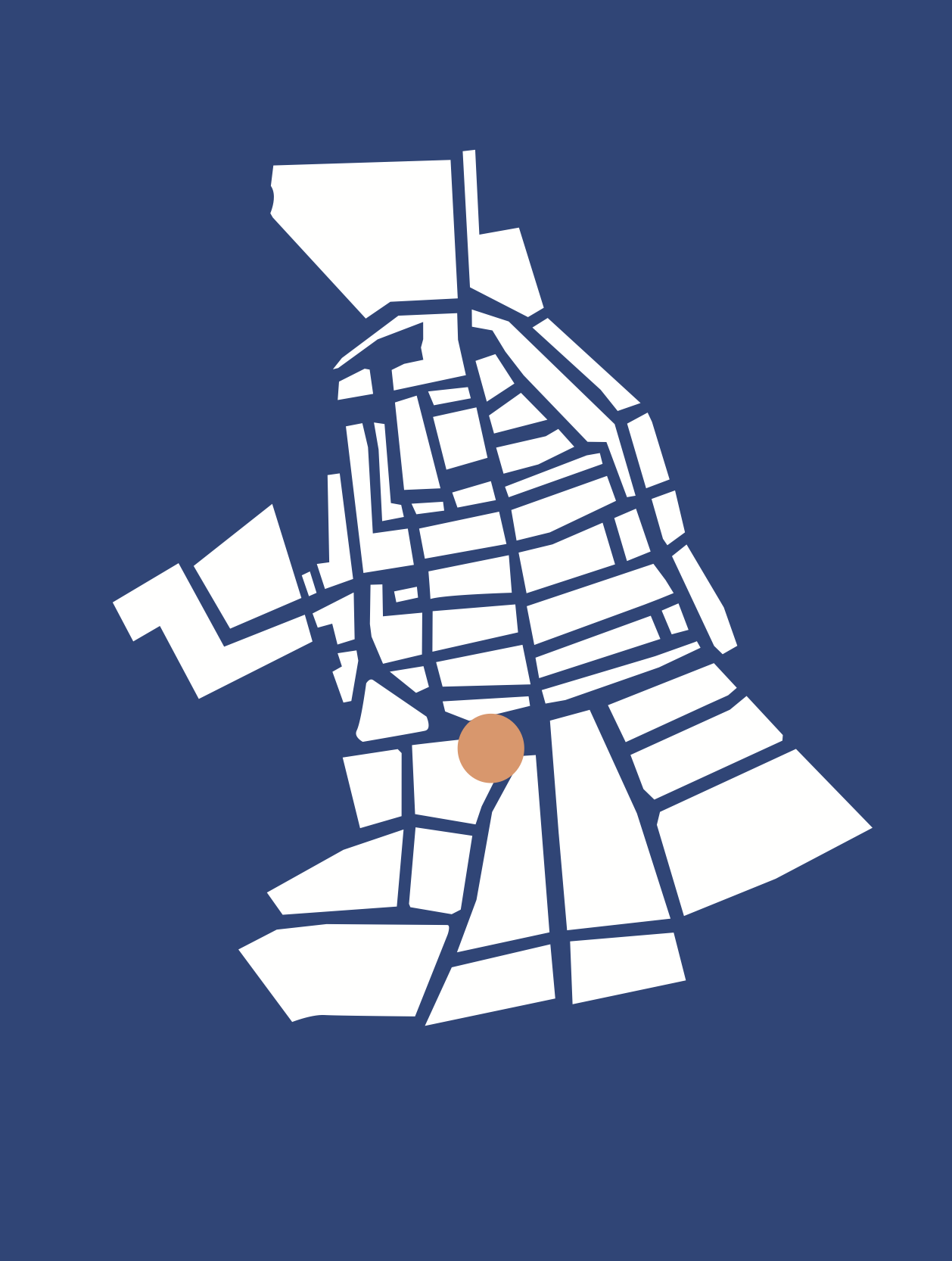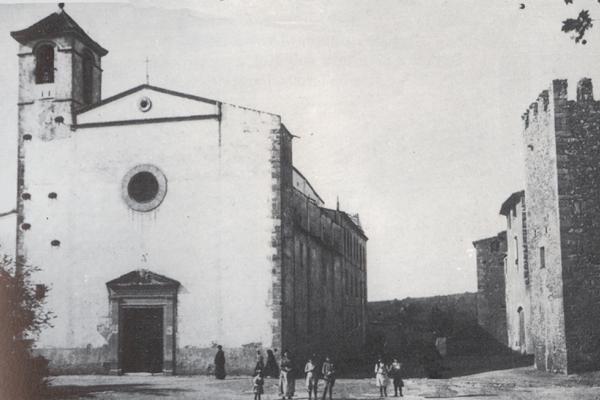The Convent de Sant Agustí (Saint Augustine’s Convent) was founded in 1598 on municipal initiative. It was erected with the help of donations, from Rafael Ripollès, among others. Its Renaissance cloister is striking as it is one of the works of the Escola del Camp architectural school. Monastic life was intermittent and Augustine, Jesuit and Claretian communities all occupied the convent.
Keywords: Middle Ages, convents, Escola del Camp, Renaissance, hospital, nineteenth century.
The first hospital
On this site where the current Saint Augustine’s Convent stands, at the turn of the eighteenth century, the first hospital was built in La Selva, known as the Casa de Malalts (House of the Sick). It stood between the current convent’s courtyards gate and the Torrent de Cassans. Yet in 1298, due to its precarious conditions, a new hospital was erected close to the House of the Sick, known as the Hospital de Pobres (Hospital of the Poor).
The Convent
The founding of Saint Augustine’s Convent in 1598 was an initiative promoted by the town’s government in the context of a Catholic Europe that was embracing the ideas of the Counter-Reformation. The Convent, as well as the Església de Sant Andreu (Saint Andrew’s Church), are works of the Escola del Camp, a group of artists and clerics who promoted Renaissance humanism and the Counter-Reformation ideas of the Council of Trent (1545–1563).
Rafael Ripollès, the Convent’s benefactor
The community was unable to support the high costs of building Saint Augustine’s Convent. The situation was so dire that the building was erected through donations. One of its main donors was Rafael Ripollès (1575–1635), a wealthy merchant from La Selva who in the decade of the 1600s was Mayor of La Selva and who in the 1620s had been made Governor of Tarragona. In recognition of his support, the Abbot of the Convent ordered the placement of the Ripollès crest to preside over the building’s entrance.
The religious communities of Saint Augustine’s Convent
The Convent’s monastic life was dominated by different orders. The first of these was the Augustine friars, who ran the convent from its founding in 1598 until the anti-clerical uprising that began in Reus on 22 July 1835. Several years later, the Company of Jesus or Jesuits took over (1850–1854), but they were to abandon the Convent due to the Vicalvarada revolution in 1854. After a short four-year period in which a novitiate was established (1860–1864), a community of Claretian brothers began to live there (1864–1936). The life of the Claretian community in La Selva was affected by two revolutionary events that forced them to abandon the convent: the first was the pronunciamiento (military rebellion) of General Prim in 1868, and later, the revolution of July 1936. After the Spanish Civil War (1936–1939) the Claretian brothers did not return and the archbishop took over the convent in 1945, establishing a centre for spiritual exercise there.




